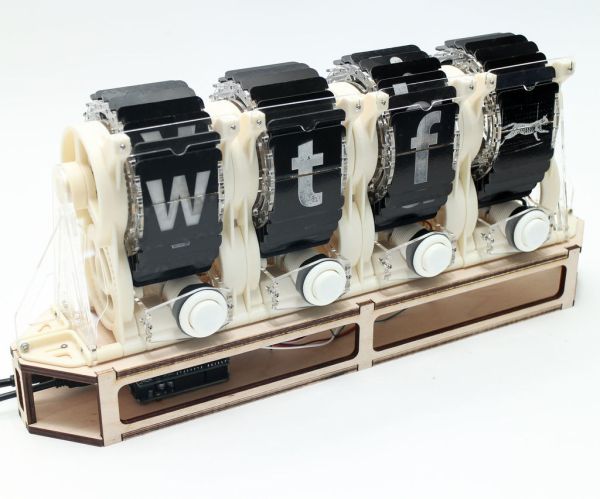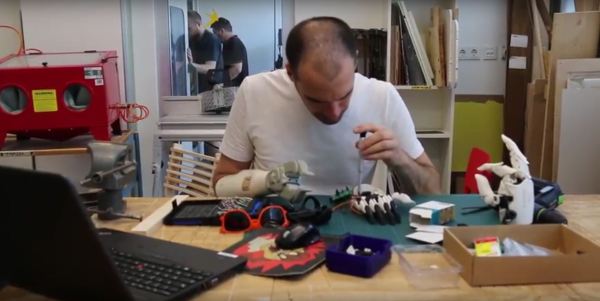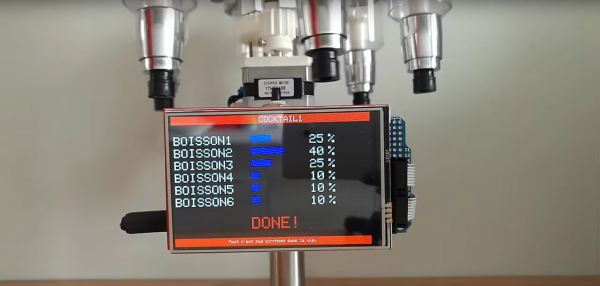A group at the Hasso-Plattner Institute in Germany explored a curious idea: using 3D printed material not just as a material – but as a machine in itself. What does this mean? The clearest example is the one-piece door handle and latch, 3D printed on an Ultimaker 2 with pink Ninjaflex. It is fully functional but has no moving parts (besides itself) and has no assemblies. In other words, the material itself is also the mechanism.
The video (embedded below) showcases some similar concept pieces: door hinges, a pair of pliers, a pair of walker legs, and a pantograph round out the bunch. Clearly the objects aren’t designed with durability or practicality in mind – the “pliers” in particular seem a little absurd – but they do demonstrate different takes on the idea of using a one-piece item’s material properties as a functional machine in itself.
Continue reading “3D Printed Door Latch Has One Moving Part – Itself!”



















